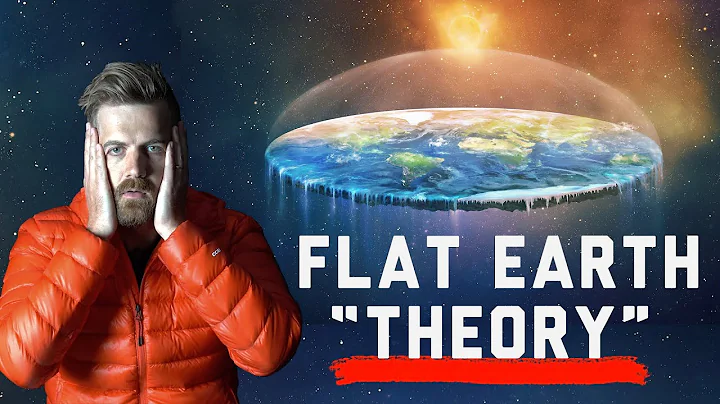Does the universe look like a sphere or a flat earth? Shaped like a donut? Still no boundaries?
Is the universe really without boundaries? Or does it look like a donut?
In 1959, Howard Bloom theorized that the universe was actually much smaller than we first thought, shaped like a donut. But at that time, it was thought that his theory might be more suitable for a comic series, but it was impossible in reality. But recently some of his assumptions have been confirmed, but if the universe really looks like a donut, then the end of the universe will come.

So why is determining the size of the universe so important to us? The point is that our future depends on it. Scientist Kancu once said that if the universe is finite, then when the universe expands, it will begin to slowly cool down. Another possibility is that the universe will freeze like a cliff after expansion, and we will all freeze to death. When the universe approaches absolute At zero degrees, we will all die. Not just humans, but any life that exists elsewhere outside of our civilization will freeze.

If the universe were infinite, then all galaxies would be so far away from each other that the universe would disappear, leaving only scattered celestial bodies floating in absolute vacuum. We might not be able to see the nearest galaxies in a telescope because they are too far away! Of course, all this is just speculation. Measuring the size of the universe is quite difficult. The only breakthrough is the Hubble constant !

The Hubble constant has been a topic that has puzzled many scientists for years. This precise number can tell us how fast and how big the universe is expanding. The constant is named after Edwin Hubble, a graduate of the University of Chicago who was the first to calculate it in 1929. Despite nearly a century of astronomical measurements and calculations, scientists still cannot agree on the precise value of the constant. Edwin Hubble claimed that this number is 500 kilometers per second per megaparsec, which means that when an observer looks into deep space, every megaparsec (astronomical length unit, approximately 330 million light-years), the galaxy's recession speed will be accelerated by 700 kilometers due to the expansion of the universe.

But now astronomers have determined the Hubble value as a range from 70 kilometers per second to 75 kilometers per million parsecs. Scientists currently have two methods to measure the Hubble constant. The first is to study nearby galaxies. Leaving our speed, the second is what we would ideally infer by recording the cosmic microwave background. But scientists discovered that the Hubble constant values do not correspond in any way, meaning one of the methods of calculating the constant may be flawed, or we know nothing about our universe. Scientists believe that the Hubble constant also depends on its shape, But do we know the shape of the universe? The shape of the universe depends directly on one parameter, its density.

The universe is composed of 68% dark energy, the other 27% is dark matter, and the rest is ordinary matter of planets, stars, and other celestial bodies. The density of the universe is measured by how much matter is compressed into a certain volume of space. Most astronomers believe that the density of the universe is normal, meaning that the amount of compressed matter is proportional and limits the expansion of the universe. Therefore, the universe is not curved anywhere, it is flat and infinite, but in this case, how can we find out its dimensions?

In 2019, scientist Alessandro Melchiori discovered that the density of the universe is large enough and its gravity is enough to overcome the expansion force. Therefore, the universe has long been rolled into a ball, which means that we are getting closer to the final answer. . This makes it much easier for us to measure the volume of a bowl than it is to measure the volume of something shapeless and without an end. Ironically, the earlier mentioned donut universe theory received some evidence in 1998 In support, a researcher named Adam Rees has published the results of his calculations that are inconsistent with any theory known today.

First of all, everyone knows that all the information we get about space is from echoes of past light, which take hundreds of millions or even billions of years to reach our telescopes, even from our nearest stars. For example, it takes four years for the light from Alpha Centauri to reach us, so everything we see now is a chronicle of the past, during which time the universe may have changed several times.

In fact, from the earth, the universe may not be what we imagine at all. For example, our planet is round. A few centuries ago, you might have been sentenced to death for saying this, but only now do you know that planets are round. It's really round. By the same token, maybe our data about the size and shape of the universe are inconsistent because we live in a world that is different from everything else. If the shape of the universe wasn't really like a sphere, but rather like a wrinkled sheet or a mountain range, then again How?

Up until now, all we can really conclude is that the universe is much larger than what we can directly observe. How big do you think the universe is? Can humans predict its future? Welcome to leave your opinion!





















